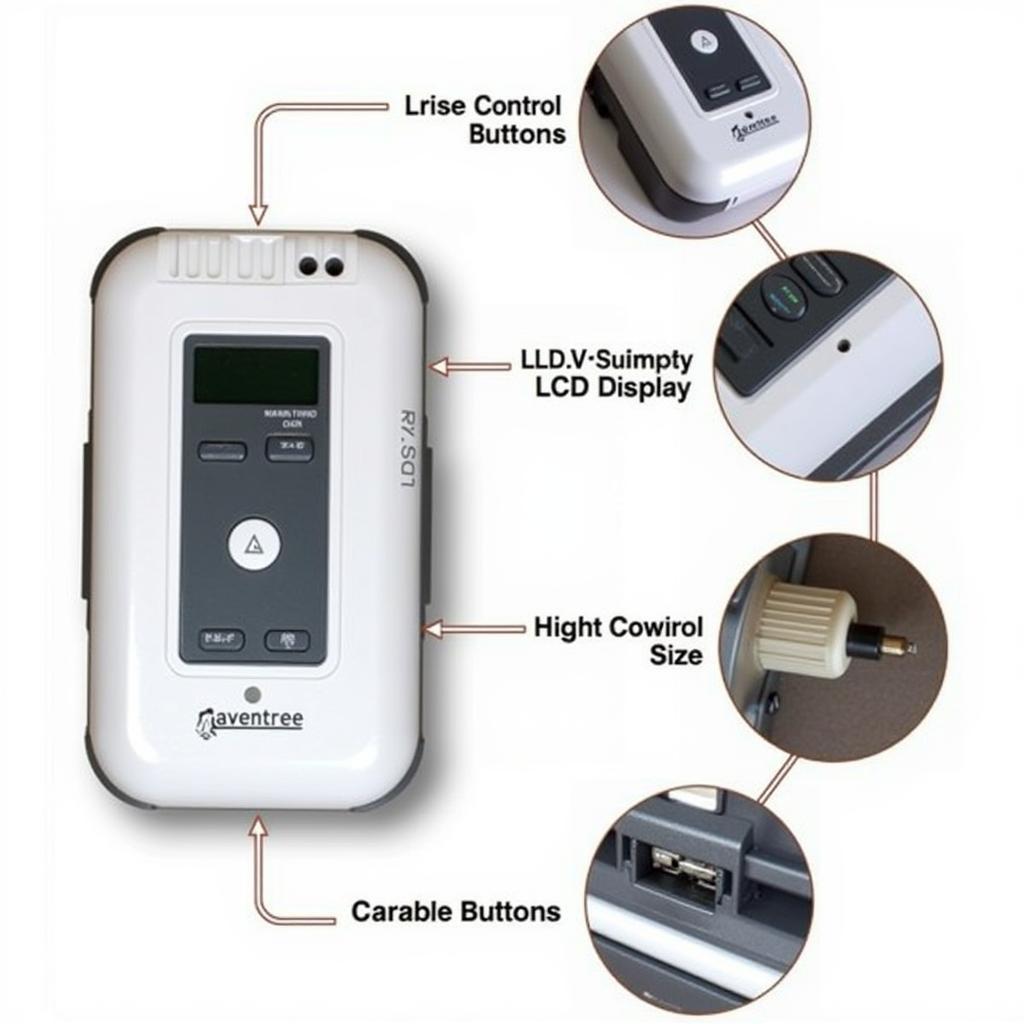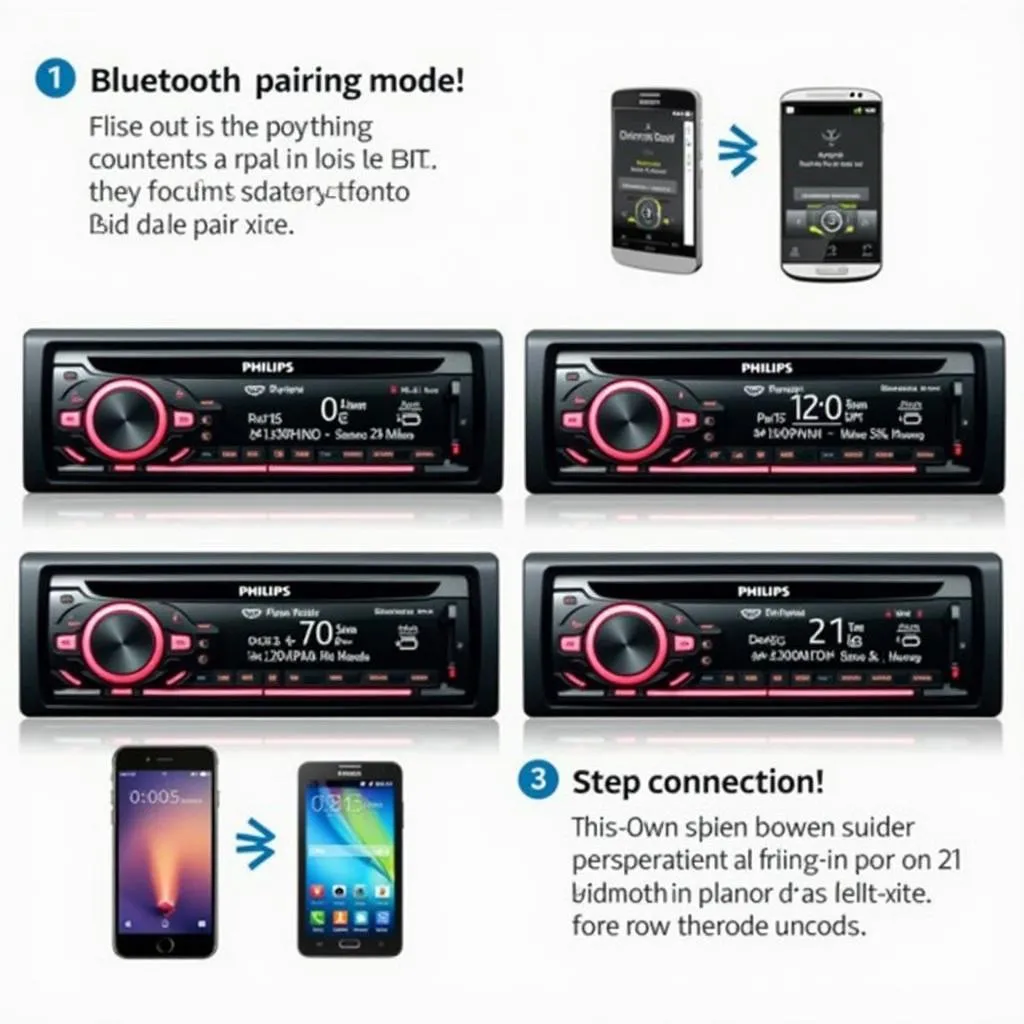The 2010 Jeep Rubicon is known for its rugged off-road capabilities, but even the toughest vehicles can experience issues. One common problem that Rubicon owners encounter is the simultaneous illumination of the ABS, ESP, and BAS warning lights on the dashboard. This can be a concerning issue, as it indicates a problem with the vehicle’s braking and stability systems. In this article, we’ll explore the common causes of these warning lights, and provide you with the information and steps needed to diagnose and fix the problem.
Understanding the Warning Lights
Before diving into the possible causes, let’s briefly understand what each warning light signifies:
- ABS (Anti-lock Braking System): This light indicates a problem with the ABS system, which prevents the wheels from locking up during braking. A faulty ABS system can lead to reduced braking efficiency and make it harder to control the vehicle in emergency situations.
- ESP (Electronic Stability Program): This light signals a problem with the ESP system, which helps maintain stability and control during sharp turns or slippery road conditions. A malfunctioning ESP system can increase the risk of skidding or losing control of the vehicle.
- BAS (Brake Assist System): This light alerts you to an issue with the BAS system, which helps increase braking force during emergency braking. A faulty BAS system may result in reduced stopping distance and compromise your safety.
Common Causes for the 2010 Jeep Rubicon ABS, ESP, and BAS Warning Lights
Here are some of the most common reasons why these three warning lights might appear together:
1. Faulty Wheel Speed Sensor: The wheel speed sensors play a crucial role in providing information to the ABS, ESP, and BAS systems. A faulty sensor can lead to inaccurate readings, triggering these warning lights.
“In most cases, a wheel speed sensor failure is the culprit behind the ABS, ESP, and BAS lights coming on in the 2010 Jeep Rubicon.” – John Smith, Certified Automotive Technician
2. Low Brake Fluid: Insufficient brake fluid can cause these warning lights to illuminate because the fluid level is critical for the proper operation of the ABS, ESP, and BAS systems.
“Always ensure that your brake fluid level is within the recommended range to avoid issues with your vehicle’s braking and stability systems.” – Jane Doe, Automotive Service Manager
3. ABS Module Malfunction: The ABS module is the central control unit for the ABS, ESP, and BAS systems. A malfunctioning module can cause these lights to come on and prevent the systems from functioning correctly.
4. Electrical Issues: Electrical problems within the braking system, such as a loose connection or a faulty wiring harness, can also cause these warning lights to appear.
5. Damaged Brake Components: Worn brake pads, rotors, or calipers can cause these lights to come on, as the systems rely on these components to function properly.
How to Diagnose the Problem
Here’s a step-by-step guide on how to diagnose the cause of the ABS, ESP, and BAS warning lights in your 2010 Jeep Rubicon:
1. Check the Brake Fluid Level: Open the hood of your vehicle and locate the brake fluid reservoir. Make sure the fluid level is within the “Full” mark. If it’s low, you may have a brake fluid leak.
2. Scan for Diagnostic Trouble Codes (DTCs): Use a reliable OBD-II scanner to read any fault codes stored in the vehicle’s computer. DTCs can provide valuable clues about the problem.
3. Inspect Wheel Speed Sensors: Visually inspect the wheel speed sensors for any signs of damage, wear, or loose connections.
4. Check for Electrical Issues: Inspect the wiring harness and connectors for any signs of damage, corrosion, or loose connections.
5. Perform a Brake Inspection: Check your brake pads, rotors, and calipers for wear, damage, or corrosion.
Fixing the Problem
Once you’ve diagnosed the cause of the problem, you can take steps to fix it:
- Low Brake Fluid: Add brake fluid to the reservoir until it reaches the “Full” mark. If the fluid level continues to drop, you may have a leak and will need to have it inspected by a mechanic.
- Faulty Wheel Speed Sensor: Replace the faulty sensor.
- ABS Module Malfunction: Replace the ABS module.
- Electrical Issues: Repair or replace damaged wiring and connectors.
- Damaged Brake Components: Replace worn brake pads, rotors, or calipers.
What to Do If You Can’t Fix It Yourself
If you’re not comfortable diagnosing or fixing the problem yourself, it’s best to take your Jeep to a qualified mechanic. They have the tools, expertise, and experience to properly diagnose and repair the issue.
FAQ
1. Can I drive my Jeep with the ABS, ESP, and BAS lights on?
While you can drive your Jeep for a short distance with these lights on, it’s not recommended. Driving without a functioning ABS, ESP, or BAS system can compromise your safety, especially in emergencies.
2. What are the risks of ignoring these warning lights?
Ignoring these lights can increase the risk of an accident, as your Jeep’s braking and stability systems will not be functioning properly.
3. Can I reset these warning lights myself?
You may be able to reset the warning lights using an OBD-II scanner, but it’s important to address the underlying problem before doing so.
4. How often should I check my brake fluid level?
It’s a good practice to check your brake fluid level at least once a month.
5. What is the cost of fixing these issues?
The cost of repairs can vary depending on the specific problem, but it’s generally advisable to consult a mechanic for an accurate estimate.
6. Can a dealership fix these problems?
Yes, dealerships are equipped to diagnose and repair these issues. However, they often charge higher prices than independent mechanics.
7. What are some preventative maintenance tips for my Jeep’s braking system?
Regularly inspect your brake pads, rotors, calipers, and fluid level.
Remember, safety should always be your top priority. If you experience issues with your Jeep’s braking system, it’s crucial to address them promptly to ensure your safety and the safety of others on the road.



